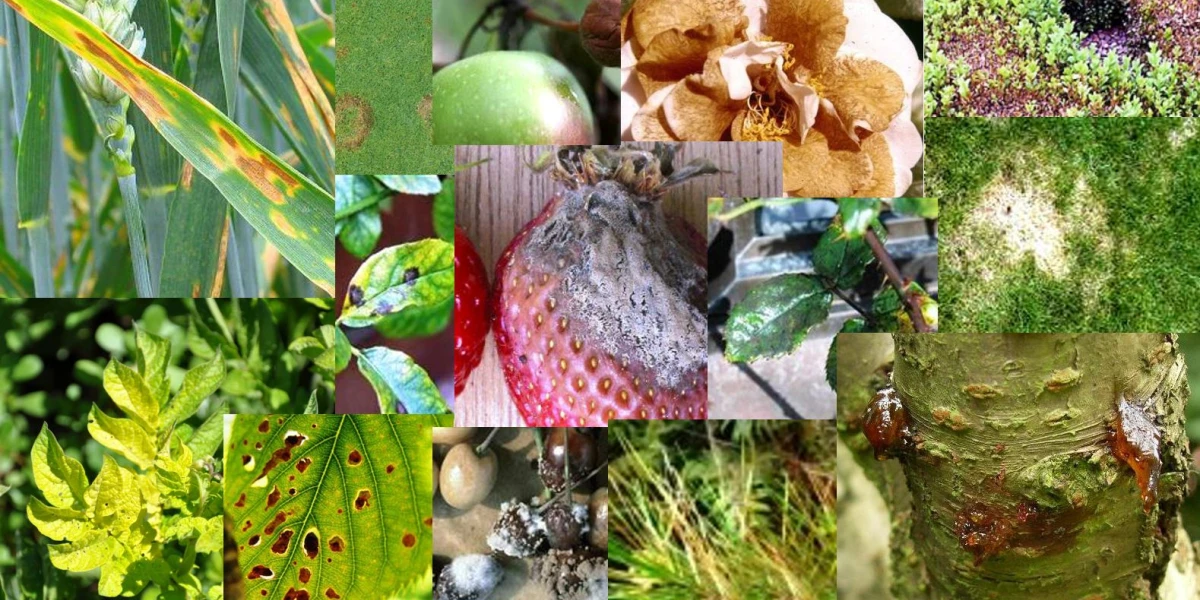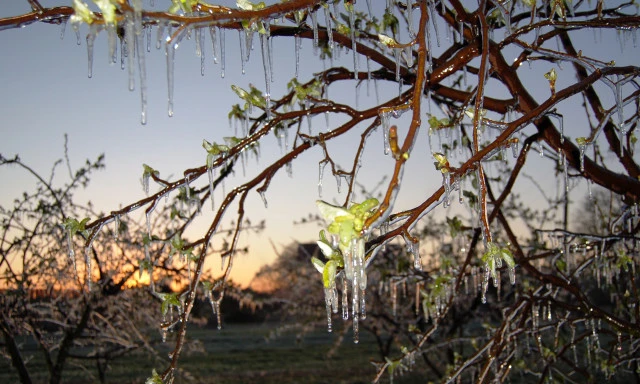Top 20 Garden Plant Diseases
This is a, not too serious, attempt to list the top worst 20 diseases in the New Zealand garden and rank them for overall importance by the harm they can cause, how common they are and how difficult they are to get rid of.
There are, of course, many variables that would make the disease more or less important in particular situations. There are also other diseases that might be in the top 20 in certain situations. E.g. I am sure needle blight would be high in a top 20 on the list of worst economic diseases in New Zealand, but they are not very often a cause for concern in gardens.
Click on the disease for more information on identification and control.
Disease* | Harm Caused | How Common | Difficulty of Control | Total |
Causes a range of symptoms depending on the deficiency. | Common. | Once identified easily remedied by replenishing deficient nutrient. | 24 | |
Flowers of Camellia prematurely brown off and drop. (Score 5) | Very common. | Fungicides are not effective. | 23 | |
A fungal disease affecting many different plants. | Very common in warm humid conditions. | Relatively easily controlled with fungicides. | 23 | |
Rusts | Cause twisted, distorted leaves and shoots. | Common on a wide range of host plants. | Can be controlled through the early application of fungicide and cultural controls. | 22 |
Causes leaf curl and premature drop affecting crop yield. | Common. | Prevention through winter spray programme required. | 22 | |
Affect the stems and branches of trees and shrubs. | Common in wet weather and when limbs are damaged. | Can be controlled through the early application of fungicide and cultural controls. | 22 | |
Causes severe dieback of trees, shrubs and other plants. | Common when soils are waterlogged. | Can be controlled through the early application of fungicide and cultural controls. | 21 | |
Cause a variety of symptoms. | Less common than fungal diseases. | Difficult to control. | 21 | |
Can cause serious or mild symptoms. | Rarely a problem in home gardens. | Once infected little can be done. | 21 | |
Yellowing of tomato and potato foliage and affects tubers and fruit. | Not common. | Requires prevention of infection from psyllid insects. | 21 | |
Causes mottled brown patches on lawns. | Common in damp conditions. | Responds to lawn fungicide and addition of nitrogen fertiliser. | 20 | |
Causes dieback of Buxus. | Common. | Can be controlled through fungicide and cultural controls. | 20 | |
Fungal disease of the foliage of many plants. | Common in damp conditions. | Can be controlled through fungicide and cultural controls. | 20 | |
Fungal disease of the foliage of many plants. Not often severe. | Common in wet conditions. | Relatively easily controlled with fungicides. | 20 | |
Black mould growing on leaf surfaces. Can shade light from the leaf. | Very common where plants are infested with sap-sucking insects. | Requires control of sap-sucking insects. | 20 | |
Bacterial infection of pipfruit and shrubs. | Not common. | Prevention through winter spray programme required. | 20 | |
Causes swelling and stunting of roots, particularly brassicas. | Not common. | Once infected little can be done. | 19 | |
Affects leaves and fruit of plants in warm moist conditions such as greenhouses. | Common in densely planted greenhouses. | Can be controlled through the early application of fungicide and cultural controls. | 19 | |
Causes wilt and rots of herbaceous plants. | Not common. | Can be controlled through the early application of fungicide and cultural controls. | 19 | |
Plant roots unable to absorb oxygen and nutrients causes dieback. | Common in waterlogged soil. | Improve drainage. | 18 | |
Causes circular brown patches on lawns. | Not common. | Responds to lawn fungicide. | 17 |
*Many of these are symptoms of a group of diseases rather than a single disease.
Please let us know if you agree or disagree with this list.....other than there are 21 in the list!
David Brittain
Kiwicare


